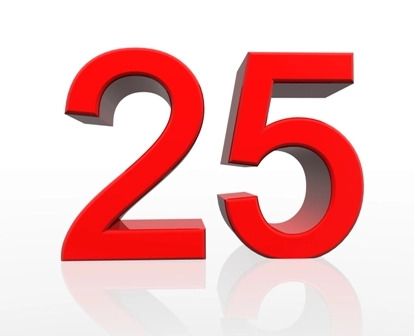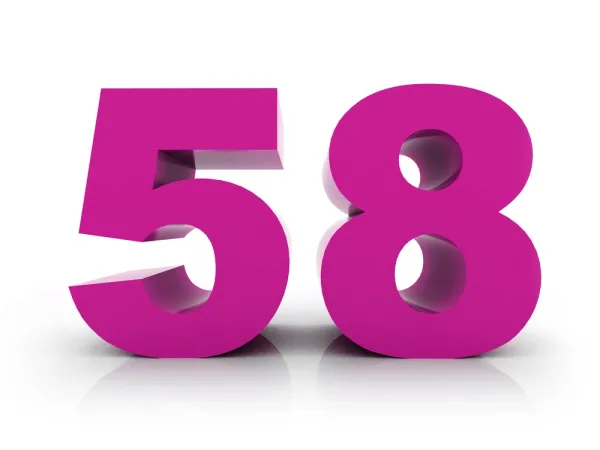Click on Modifier 25 to Cash in on Deserved E/M Reimbursement

If you’re wondering if you should use this modifier, ask yourself these four questions.
When your physician performs a procedure and a separate evaluation and management (E/M) service for the same patient during the same encounter, you might lose out on ethical pay if you fail to identify situations when you can report both the E/M code and the procedure code together.
When? The E/M service must be separately identifiable, and you must append modifier 25 (Significant, separately identifiable evaluation and management service by the same physician or other qualified health care professional on the same day of the procedure or other service) to the E/M code.
Check out these modifier 25 basics to get better at spotting extra E/M opportunities on your provider’s claims.
Find Pre-Procedure E/M Before Employing 25
You can only use modifier 25 on E/M codes, and you can only report these codes along with a procedure code when “an E/M service is separate and significant from another procedure or service at the same encounter,” explains Melanie Witt, RN, CPC, MA, an independent coding expert based out of Guadalupita, N.M.
“This does not mean that a different diagnosis is required, but the note must clearly indicate that the E/M dealt with issues that were not part of the other services,” Witt explains.
The most common scenario for reporting an E/M with modifier 25 is one in which you also report a procedure code on the same claim. Before the physician performs any procedure, he will perform some evaluation and management of the patient, including reviewing patient history, explaining the procedure to the patient, answering questions concerning the procedure, obtaining informed consent, etc.
Payers consider this work to be part of the work units associated with the procedure. “Counting any of these items toward a separate E/M service would not be appropriate,” Witt explains.
You should only look for a separate E/M when notes indicate that the patient’s condition required evaluation and management above and beyond the other service provided or beyond the usual pre- and post-procedure care associated with the procedure that was performed. The physician’s notes should include documentation that satisfies the relevant criteria for the respective E/M service that you report. Ideally, those notes should be separate from the notes associated with procedure, consistent with the “separately identifiable” aspect of modifier 25.
Earn $74 More by Adding Modifier 25
Consider this example,in which the provider performs an arthrocentesis of the TMJ and an E/M service to evaluate the patient’s diabetes and hypertension.
Example: An established patient reports for a scheduled arthrocentesis of the TMJ. The patient has also had a history of hypertension and uncontrolled type 2 diabetes. Your clinician performed an expanded problem-focused history and exam of the patient’s hypertension and diabetes, and found that the hypertension and diabetes will have no adverse effect on the patient’s scheduled procedure. Then,your clinician performed the arthrocentesis; there is no mention of ultrasound guidance in the notes.
On this claim, you would report 20605 (Arthrocentesis, aspiration and/or injection, intermediate joint or bursa [e.g., temporomandibular, acromioclavicular, wrist, elbow or ankle, olecranon bursa]; without ultrasound guidance) for the arthrocentesis and 99213 (Office or other outpatient visit for the evaluation and management of an established patient, which requires at least 2 of these 3 key components: an expanded problem focused history; an expanded problem focused examination; medical decision making of low complexity…) for the E/M service with modifier 25 appended to show that the arthrocentesis and hypertension/diabetes E/M were significant, separately identifiable services.
For diagnosis coding, you should append I10 (Essential [primary] hypertension) and E11.65 (Type 2 diabetes mellitus with hyperglycemia) to 99213 to represent the patient’s hypertension and diabetes; and M26.60 (Temporomandibular joint disorder, unspecified) to 20605 to represent the patient’s TMJ problem.
The number$: In this example, spotting the additional E/M results in almost $74 more for your practice. According to the Medicare Physician Fee Schedule, 99213 has 2.05 total nonfacility relative value units [RVUs]. When you multiply the RVUs by the 2016 Medicare conversion factor of 35.8279, you’ll get a national average payout approaching $74.
Code Separate E/M If It Could Stand Alone
If you are having trouble figuring out if there was a separate E/M, Mary I. Falbo, MBA, CPC, CEO of Millennium Healthcare Consulting, Inc. in Lansdale, Pa., recommends asking yourself the following questions:
o If not, did the physician perform extra work that went above and beyond the typical pre- or postoperative work associated with the procedure code?
If you answered “yes” to the first two question and either of the last two questions, you might be able to report an extra E/M with modifier 25.
Proper Documentation a Must for E/M-25 Success
Without documentation proving that the patient’s condition required a separately identifiable treatment, your E/M-25 claims could face denials.
You can substantiate a significant, separately identifiable E/M service with documentation that satisfies the relevant criteria for the separate E/M you’re reporting, says Falbo.
Best bet: You should have your documentation in order before filing the claim, even if you don’t send it in with the initial claim. Often, the payer won’t require you to submit any documentation with the initial claim. If they deny your E/M-25 service, however, you will need to produce documentation for a successful appeal.




